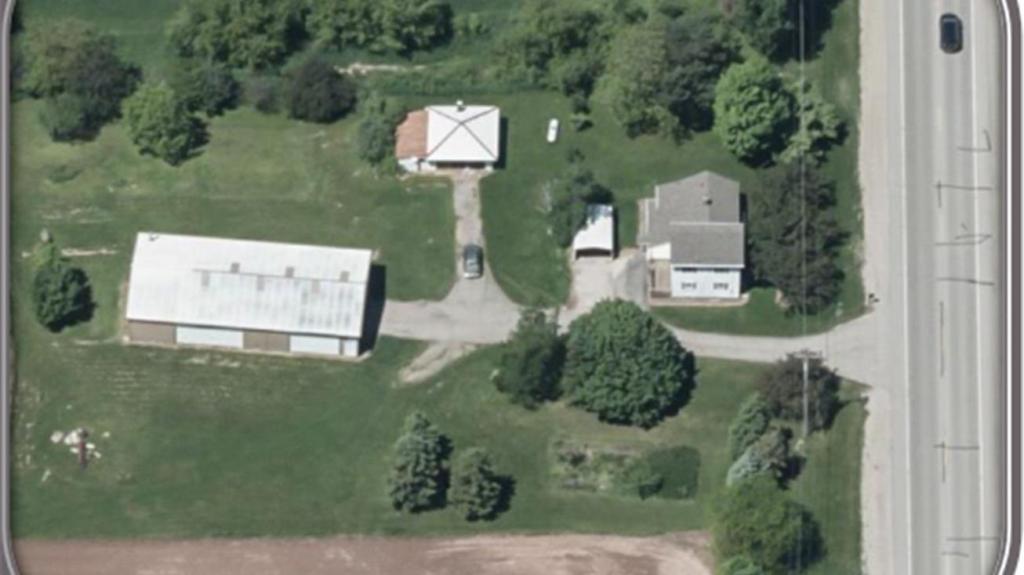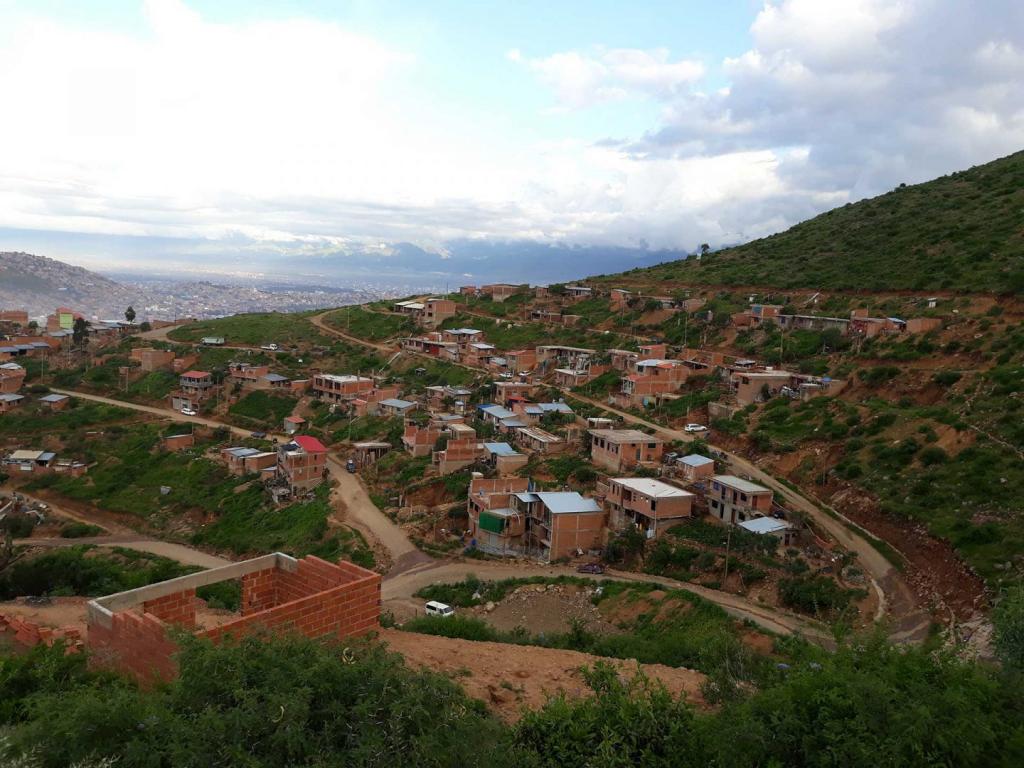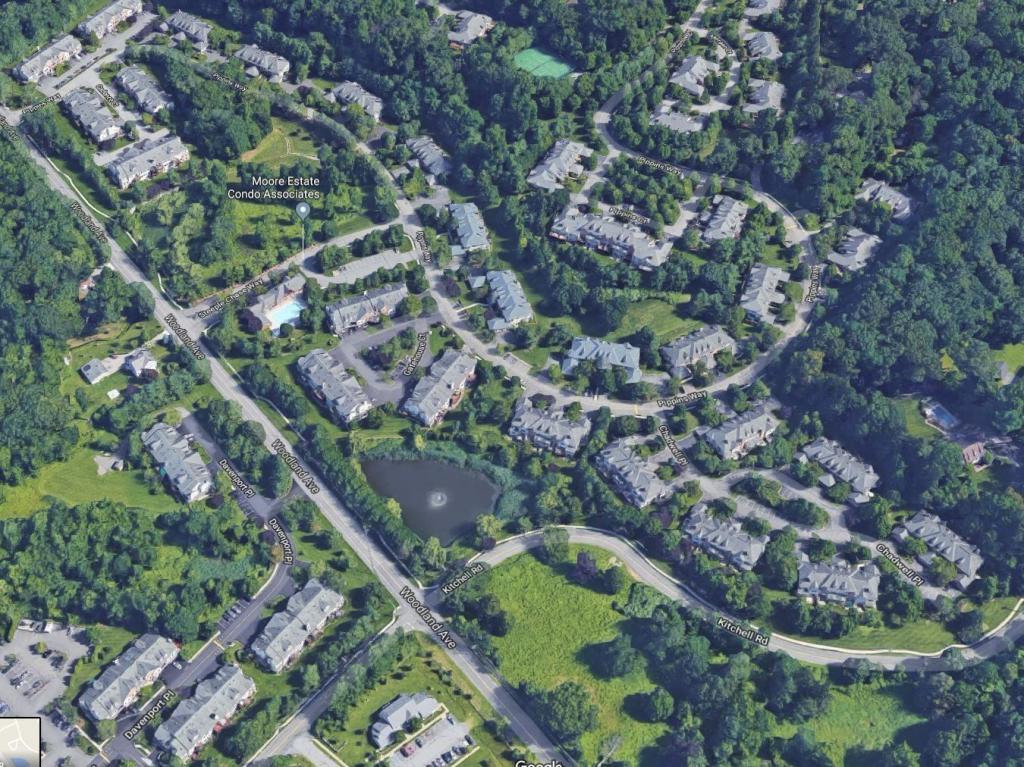What is municipal land ownership? This is a separate type of state property, which is under the jurisdiction and control of the municipality. The formation of relevant plots and the provision of them to citizens is regulated by civil and land laws.
The emergence of municipal property
Rights on behalf of the municipality are exercised by local authorities. This is stated in paragraph 2 of Art. 215 of the Civil Code of the Russian Federation. Local government bodies have the right to dispose of the lands that belong to the municipality, at their discretion. Thus, in their powers to lease land, transfer to private ownership and execute transactions with it of a different kind.
Municipal land ownership arises in the following cases:
- Transfer of allotments from a regional or state fund.
- Land purchase by the municipality.
- Refusal of the private owner of the allotment.
- Providing the municipality with state lands to carry out social tasks.
- The presence of escheat plots.

Allotments that are provided for the implementation of social goals are allocated free of charge (for example, for use by poor, large families and in other cases). An individual or legal entity owning a site located in the municipality has the right to refuse it. In this case, the land allotment becomes the property of municipal authorities. This is stated in paragraph 1.1 of article 19 of the Land Code.
If the owner, who has no heirs, has died, or other heirs have refused to receive their shares, then the plot is escheated, and passes into the possession of the municipality in whose territory it is located.
Subjects
The subjects of ownership (municipal) include officials, as well as organizations that manage and dispose of the lands of this entity. As such, there may be:
- Heads of Entities.
- Bodies of the legislative branch of power.
- District Administration Offices.
- Unitary institutions.
- Private organizations that are involved in the management process through a contract.
- Subjects managing municipal property on behalf of local authorities are selected by the heads of the administrative body.

The objects
Municipal property objects are land plots that are located within the respective entity. This is the land that is currently used by private organizations and government agencies, as well as allotments in common ownership.
Which lands belong
A municipality may own any land located on its territory. According to Clause 1, Article 19 of the RF Labor Code, by the origin of land rights there are:
- Submitted in accordance with regional or state acts.
- Received during the delimitation of state allotments.
- Acquired by local authorities.
- Received by local authorities for free.
In the latter case, land may be provided to the municipal authority from a state or regional fund to carry out targeted programs or change the boundaries of the region. These do not include lands obtained from individuals or legal entities through judicial recovery, as well as abandoned and escheated plots.
Municipal property includes land plots:
- Settlements (there are about 95% and more of the total area of education).
- Agricultural purpose.
- Industrial.
- Strategic and defense purposes, located in closed areas under the jurisdiction of the RF Ministry of Defense.

Kinds
Today, a land plot in municipal ownership can be one of 4 types:
- Closed.
- Public
- Provided by.
- Unallocated.
Closed Allotments
The first type includes the territories of enterprises belonging to the municipality, in which the access system operates. In addition, these are lands located under buildings belonging to law enforcement agencies and the government. Such lands are accessed on the basis of specially issued by-laws.
Public lands
What is municipal property of the second type? It includes allotments that are in the public domain for citizens. It:
- The roads.
- Parks.
- Common land.
In relation to this land, easement by individuals or legal entities cannot be imposed, because without it it is provided to citizens for free use. Open access does not mean that it is not governed by special rules. An obvious example is roads where traffic regulations must be observed.

Allocated Land
The provided plots include lands that were previously unallocated, but from which land allotments for rent or use to private individuals were allocated. If these lands are redeemed, then they cease to be municipal, and become private.
Unallocated Allotments
What is municipal property in the form of unallocated plots? These are allotments that are provided for rent or property to certain categories of citizens. In this case, boundary work is carried out when a specific site is allocated for use.
Demarcation procedure
This concept includes the attribution of a specific allotment of land to state, regional or municipal property. The delimitation of state lands is carried out through the adoption of special RF laws and laws, in accordance with which the borders of the region are changing. The formation of municipal property as a result of the delineation procedure is implemented through the adoption of laws at the federal and regional levels. Municipal plots may be delimited in the following territories:
- Urban settlements.
- Counties.
- The areas of the municipality.
- Suburban areas.
- By the prefectures.
- Internal entities of territories in cities of federal significance.
Differentiation is carried out only for the plots displayed on the cadastral map. The step-by-step procedure is as follows:
- Federal structures determine the boundaries of allotments of regions.
- Regional authorities determine the boundaries of internal municipal and regional territories on the basis of laws adopted by the Russian Federation.
- Municipalities delimit the respective plots that are under their jurisdiction between administrations. Intracity division is approved after the stage of public hearings organized by local authorities.
You need to know that regional authorities cannot adopt legal acts that define the boundaries of the municipality districts, if they contradict the principles of differentiation established at the federal level. Such decisions can be easily challenged in the courts, which consider the legality of decisions taken by the authorities.

Education put on
Plots owned by the municipality may be allocated in the following cases:
- If provided to a horticultural partnership.
- If provided to a private person.
- If an allotment is allocated for the organization with which the agreement on territorial development is signed.
- If the site is allocated for the construction of residential buildings.
- The construction of linear objects.
- Municipal enterprises.
Formation of a site from municipal allotments is carried out by adopting a decision of the relevant municipal authorities.Basically, this right of municipal ownership should be decided by the architectural-town-planning or land committee, functioning within the administration.
The procedure for allocating a site consists of the following steps:
- Filing an application for the provision of land for use.
- Adoption of a positive decision on this issue by the land committee.
- Implementation of boundary works for the allotment of land.
- Providing the necessary documents, including the land survey plan to the cadastral chamber.
- Issuance of a cadastral document (passport).
- Approval of allotment within the relevant boundaries.
When forming a section of the border, they are allocated so that the area corresponds to the instructions of the land committee. Land surveys are carried out by cadastral engineers or surveying companies (private). For this, a contract is concluded with organizations. These works are paid by the person who submitted the application for the use of the site.

Prices
The cost for the formation and provision of plots for use is set by the municipal authorities. Moreover, the transfer of municipal property is carried out in the following ways:
- Auctions.
- Fixation based on cadastral price.
- Is free.
If the auction is not held, then the local authorities set a fixed value, which cannot exceed the cadastral price of the corresponding municipal property property. This is stated in paragraph 2 and paragraph 3 of article 39.4 of the Land Code.
The formation and provision of allotments of land from municipal lands at a fixed price in a fixed amount is possible in cases provided for in clause 2 of article 39.6 of the RF Labor Code, namely:
- By decree of the president.
- For the construction of social and cultural facilities.
- Implementation of investment projects and targeted programs established at the federal level.
- In order to develop the territory.
- For the construction of communications (electricity, gas, water supply).
- Engineering objects.
- For gardening.
- Long-term construction.
- Farms (peasant).
Unfinished construction is leased at a fixed price on the basis of a contract with the organization that won the tender for completion of construction. When fixing a fixed price, both in long-term construction and in other cases, the contractor must comply with all the conditions specified in the contract. In case of violation of the conditions, the fixed price is terminated, and tenders at the auction are appointed.
For free use, allotments may be transferred to those in need. These include the following persons:
- Large families.
- Poor people.
- Disabled people.
- Veterans.
- Heroes of the USSR and the Russian Federation.
- Young families.
Each region has its own criteria for identifying those who need this support. Local authorities can increase this list. However, narrowing the list proposed by the federal authorities is prohibited. If an individual or legal entity does not have the right to apply for a free allotment of land, then in order to receive it, one must take part in a public auction.

Conclusion
From the article you learned what municipal property is. It includes allotments that are located within the municipality. In addition to land owned by private individuals. From municipal land plots can be formed for provision to individuals or legal entities on different conditions. The decision is made by executive authorities.
